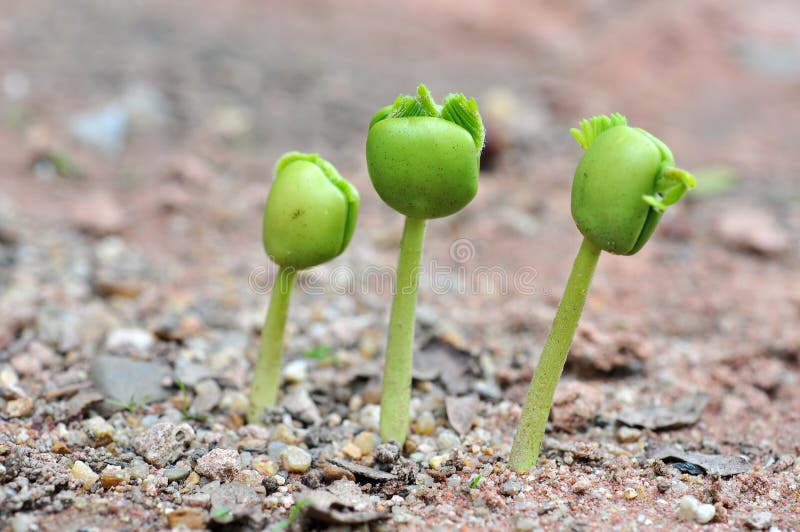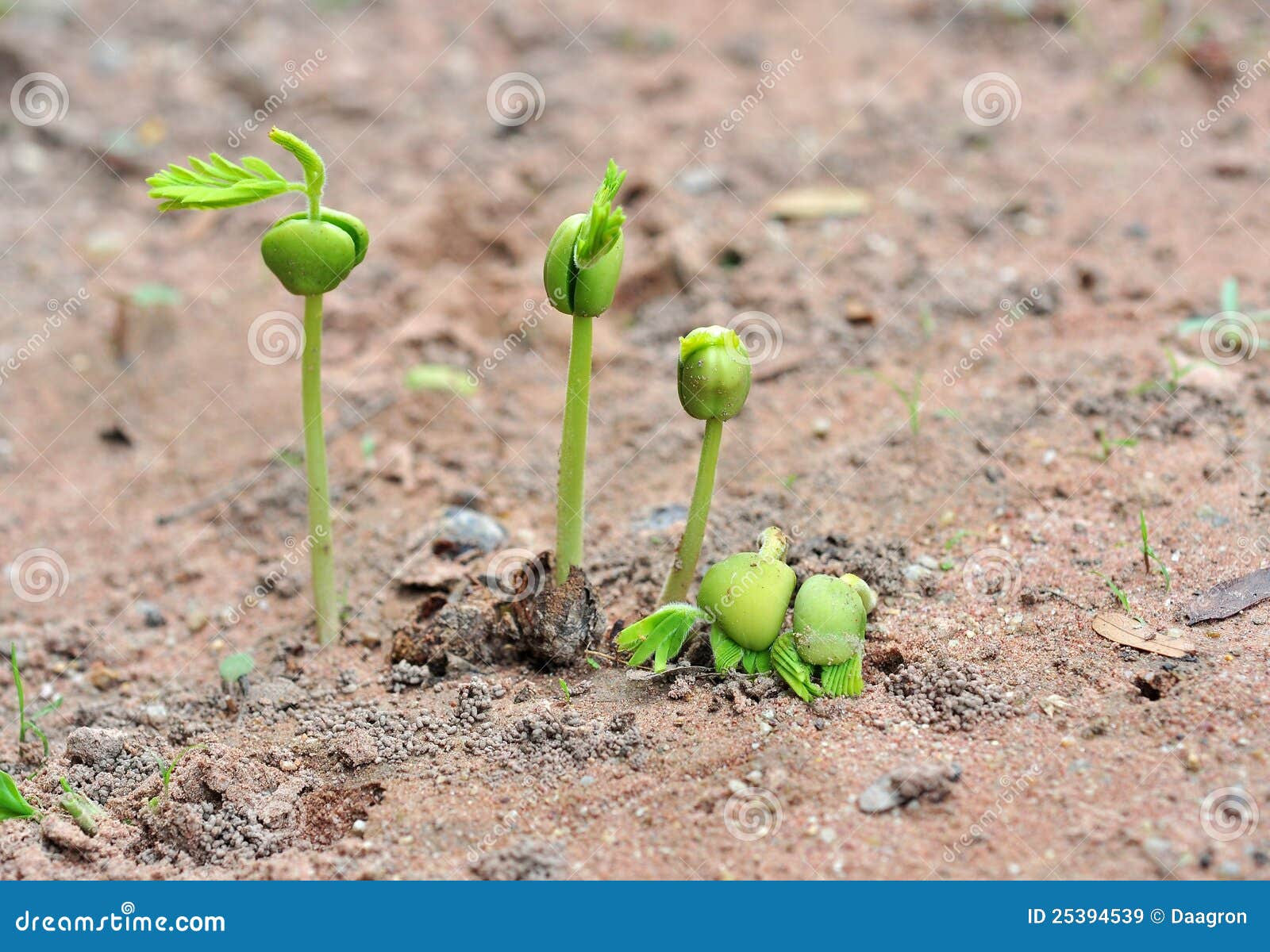Growing Tamarind From Seed: Your Ultimate Guide & Benefits
Can a seemingly unassuming seed hold the key to a myriad of health benefits and culinary delights? The answer is a resounding yes, particularly when it comes to the tamarind seed, a treasure trove of possibilities waiting to be unlocked. From aiding digestion to adding a unique flavor to dishes worldwide, the tamarind seed's potential is vast and often overlooked.
The journey of the tamarind seed begins with its careful storage. Maintaining the viability of these seeds is paramount for successful cultivation and utilization. Following specific guidelines ensures their longevity and potency, paving the way for the realization of their numerous benefits.
Obtaining tamarind seeds is a straightforward process. They can be sourced either from a reputable seed supplier, guaranteeing quality and often specific varieties, or harvested directly from ripe tamarind pods. This duality allows both the dedicated home gardener and the curious culinary enthusiast access to this remarkable seed.
- Thomas Mcfaddens Wild Story From Prison To Film Adaptation Beyond
- Pragues Big Sister Brothel The Controversial Online Voyeurism Explained
The humble tamarind seed is more than just a potential tree; it's a natural pharmacy in miniature. For centuries, these seeds have been employed as a home remedy, alleviating ailments from indigestion and throat infections to arthritis and, remarkably, even showing promise in the fight against certain cancers. Their broad spectrum of medicinal properties is a testament to their rich composition and potential.
Let's delve into the extraordinary world of tamarind seeds, exploring their health advantages and discovering innovative applications for enhanced well-being.
| Property | Details |
|---|---|
| Common Name | Tamarind |
| Scientific Name | Tamarindus indica |
| Native Origin | Africa |
| Key Uses | Culinary, Medicinal, Industrial (Dye, Oil) |
| Propagation Methods | Seeds, Grafting, Cuttings, Air layering |
| Germination Time (Seeds) | 1-10 days (after soaking) |
| pH Range (Soil) | 4.5 to 9.0 |
| Notable Constituents | Proteinase inhibitors, Trypsin inhibitors, Polysaccharides, Amber oil |
| Reference | Purdue University Horticulture |
The majestic tamarind tree, a sight to behold, can reach impressive heights. Native tamarind trees, under ideal conditions, can soar to an astonishing 35 meters, though in garden settings, they typically mature to around 10 meters. These trees are excellent additions to gardens, offering both shade and a captivating aesthetic without the overwhelming presence of a towering giant.
- Fallen Angels 1995 Where To Watch Best Deals
- Discover Hometown Taste Szechuan Hong Kong Cuisine In Portland
One might wonder about the invasiveness of these trees. Thankfully, native tamarind trees (specifically Diploglottis australis) are generally well-behaved and do not exhibit the aggressive root systems often associated with invasive species, making them suitable for various garden environments.
While not inherently difficult, germinating tamarind seeds can test one's patience. Germination, the process of a seed sprouting and beginning its life as a plant, isn't always immediate. Special treatment is often required to expedite the process; otherwise, you may find yourself waiting for months for that first sprout to appear.
To nurture thriving tamarind seedlings requires dedication, incorporating meticulous attention to watering, sunlight, and vigilant monitoring for potential pests or diseases. This proactive approach sets the foundation for robust growth and a healthy tree.
For optimal results, seedlings should be watered regularly to keep the soil consistently moist, but be careful not to waterlog the soil. Furthermore, summer presents the most favorable conditions for seed germination and early growth. Position the pot in a location with bright, indirect light for optimum results.
Tamarind trees are known for their substantial growth, dwarfing many other tree varieties. They typically range from 10 to 18 meters tall when grown in healthy conditions with adequate soil. The tamarind trees remarkable size is a testament to its vitality and adaptability.
Tamarind's versatility extends far beyond its origins, establishing itself as a staple in numerous cuisines around the globe. Its ease of cultivation has contributed to its widespread popularity, making it a readily available ingredient for chefs and home cooks alike.
The utility of the tamarind extends to its seeds, yielding amber oil used in doll painting and suitable for consumption. The seed coat, too, has found use as a dye, particularly in Africa, adding another layer to the tamarind's multifaceted value.
The tamarind seed offers an impressive array of health benefits, including improved digestion, reduced inflammation, and a boost to the immune system. These seeds are not only a culinary ingredient but also a natural resource for well-being, with applications in cooking, skincare, and natural remedies.
The seeds can be utilized to create thickening powders, digestive teas, and skincare oils, each application highlighting the seed's versatility. They assist in the metabolism of carbohydrates and lipids, playing a role in maintaining a healthy metabolic balance.
Remarkably, tamarind seeds are a source of proteinase and trypsin inhibitors, which help in preventing weight gain by reducing food consumption. Further, they have been shown to improve endocrine function, particularly in cases of obesity-related impairment.
Studies have unveiled crucial insights. First, tamarind seedlings adapt their physiological and morphological characteristics to maximize survival and growth based on their seed mass (as shown by Valladares et al., 2003). Second, variations in seed mass can contribute to the overall variability in seedling biomass, revealing another dimension of the seeds influence.
Tamarind seeds feature prominently in Indian, Thai, and Mexican cuisines, lending a tangy and sour flavor profile to various dishes. Their presence adds a unique zest that enhances the culinary experience.
The question naturally arises: can these seeds be sprouted and grown into trees? The answer is a resounding yes! Tamarind seeds are indeed a valuable resource for cultivating this tropical fruit, opening the door to home cultivation and enhancing the accessibility of this versatile ingredient.
Grafting is a critical technique for tamarind tree propagation, and understanding the factors that influence its success is key to optimizing results and timing for grafting. Propagation through seeds, grafts, and budding offers different avenues for expanding tamarind cultivation.
Seeds typically require a week to ten days to germinate. Allowing seedlings to mature for three to four months before transplanting them into the main field is a common practice.
Tamarind plants demand well-draining soil with a pH range of 4.5 to 9.0. Evaluating your soil composition before starting the process of tamarind seed germination is, therefore, a helpful measure.
Before planting, taking time to understand the nuances of the process is essential for success. Sowing, spacing, and proper planting techniques are vital for ensuring the growth of healthy tamarind plants.
In nurseries, tamarind seeds are generally sown in rows, spaced 25 cm apart. Seedlings are usually ready for transplanting to the main field after three to four months.
The good news is that tamarind trees can be grown in containers, particularly during their early development, making it feasible for those without extensive land to cultivate this tropical delight.
Tamarind seed juice is also a traditional natural remedy for curing indigestion and increasing bile production. This juice has also been proven to be rich in dietary fiber, and has many additional benefits.
Tamarind seed polysaccharide (TSP) is an example of valuable properties, rendering it an excipient for a wide range of applications. TSP is insoluble in organic solvents like ethanol, methanol, acetone, and ether, as well as in cold water. However, it dissolves completely in hot water at temperatures exceeding 85C.
Soaking the tamarind seeds in water for 12 to 24 hours is another helpful tip. This process softens the hard seed coat, promoting quicker germination and improving the chances of successful sprouting.
Draining the water after soaking and allowing the seeds to air dry is essential before planting. This step encourages better seed sprouting and sets the stage for the seedling's initial growth.
The journey of the tamarind continues in various cuisines worldwide due to its ease of cultivation. Even the seeds are useful, containing amber oil that is used in painting dolls. Additionally, this oil is consumable. The seed coat also serves as a dye for goat hides in Africa, showcasing the tamarind's multifaceted value.
The tamarind's 11 impressive health benefits extend to the seeds, which aid digestion, reduce inflammation, and bolster the immune system. Tamarind is propagated by seeds, grafting, cuttings, and air layering. Seeds are viable for many months, allowing for diverse propagation techniques.
To grow a tamarind tree from seed, begin by soaking the seeds overnight in warm water to accelerate germination. Then, sow the seeds half an inch deep in a quality seed starting mix. Germination typically occurs within one to two weeks after sowing, signaling the beginning of a new tamarind tree.
Growing a tamarind tree from seed can seem challenging, but this guide offers assistance. It will provide you with insights, from seed preparation to nurturing young plants.
Growing tamarind from seed offers numerous advantages: seeds are readily available and economical. Growing from seed also ensures the plant has strong roots, making it better adapted to its environment.
This guide will walk you through growing your tamarind tree, from seed germination to ensuring it thrives in your backyard or a pot. Whether you are seeking an enriching hobby or dreaming of harvesting tamarind pods, you are in the right place.
Did you know that you can easily grow your tamarind tree in your backyard? This guide provides a detailed walkthrough on growing sweet tamarind from seed, from the initial seed germination to the care of a mature tree.
Follow these straightforward steps to plant tamarind seeds: obtain fresh tamarind pods and extract the seeds. Using ripe pods is the best strategy, as these seeds have a higher germination rate.
Soak the seeds in water for 24 hours to soften their hard coats, which facilitates the germination process. This crucial step unlocks the potential of each seed, ensuring the best possible chance for growth and a bountiful harvest.



Detail Author:
- Name : Chauncey Moen
- Username : stiedemann.nathanael
- Email : parisian.monserrate@powlowski.info
- Birthdate : 1998-04-10
- Address : 70500 Balistreri Mount Rempeltown, NE 74400
- Phone : 1-856-210-1038
- Company : Gorczany Ltd
- Job : Soil Scientist OR Plant Scientist
- Bio : Dolor vel architecto nihil enim ut eos ea et. Ut minima sequi et laboriosam ut. Architecto quas aut delectus aut. Eligendi aut consequatur blanditiis error delectus et nihil.
Socials
twitter:
- url : https://twitter.com/katelyn_xx
- username : katelyn_xx
- bio : Eligendi repellat omnis et eum sint ab nemo. Dignissimos rerum ipsam sint unde error accusantium.
- followers : 1449
- following : 2795
facebook:
- url : https://facebook.com/colek
- username : colek
- bio : Omnis porro eaque ut veniam sint neque. Non magni fugiat voluptatibus.
- followers : 4704
- following : 1549
instagram:
- url : https://instagram.com/katelyncole
- username : katelyncole
- bio : Reprehenderit esse quo dicta nesciunt dolor ex sed optio. Voluptatem sunt ut minus molestias a.
- followers : 828
- following : 2454